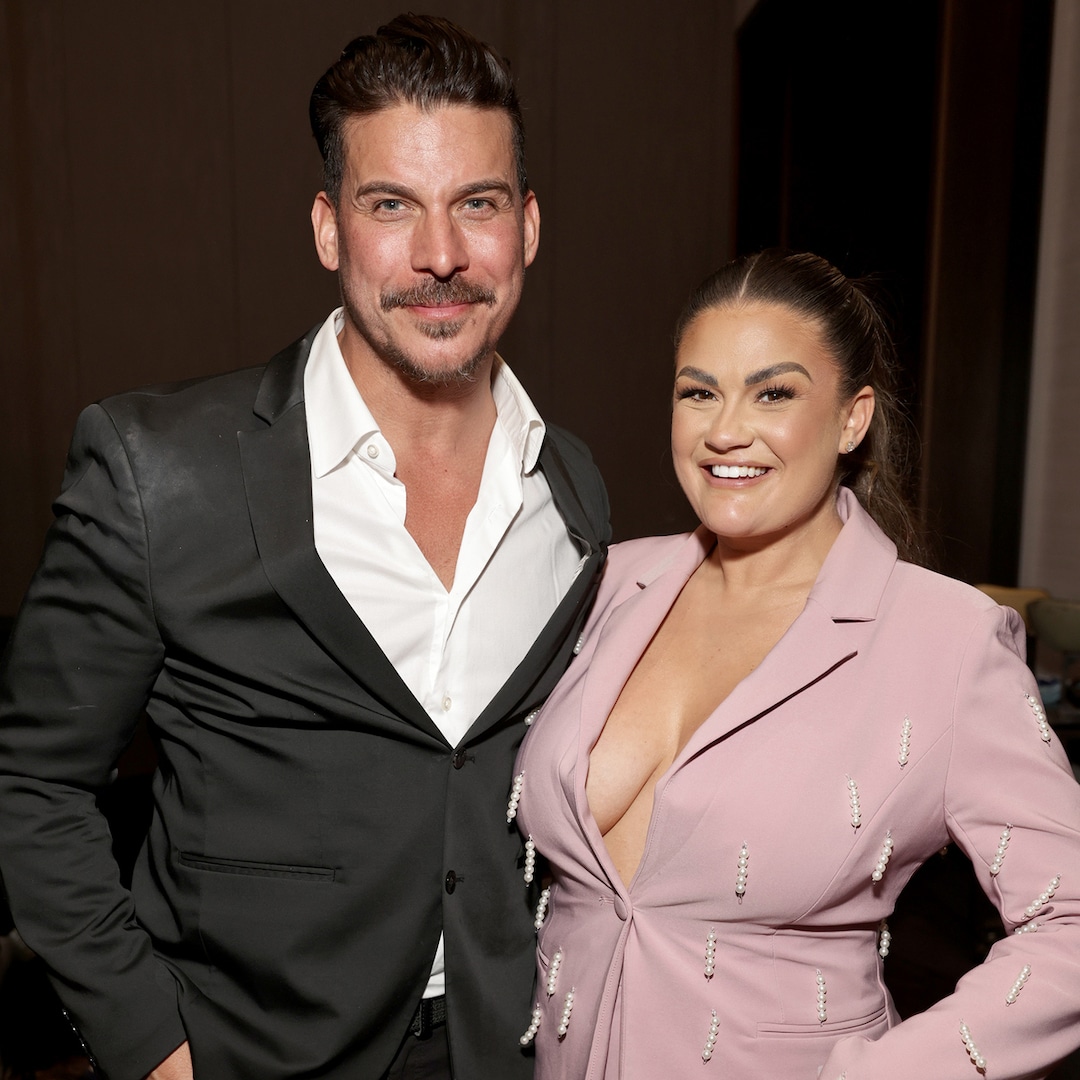At Baker Heights Elementary, everything seems to be falling apart, and Timothy Scott's job is to try to fix whatever's broken, whether it's falling tiles from the ceiling or a water fountain falling from the wall.
“It could be fixed, it could be repaired, but we're taking funds out of the classroom,” Scott said.
Baker, Louisiana, just outside of Baton Rouge, is home to about 12,000 people. Money is tight and the population and tax base shrink. The infrastructureincluding five school buildings that were built in the 1950s, is crumbling.
In the United States, the average public school building is nearly half a century old, and communities like Baker are facing a lot of repairs. Even as Congress appropriated more than $1 trillion to rebuild America's infrastructure by 2021, many schools across the country are growing desperate to fund much-needed repairs.
To date, the infrastructure law has funded more than 40,000 projects across the country. But in many cases, the money comes to communities like Baker too slowly.
Baker Superintendent JT Stroder says declining enrollment means “it's hard to get anything done.” Infrastructure problems aren't limited to the city's schools, he says.
“You can drive around the community and you'll see how they do this type of match,” Stroder said.
“The way a student feels about their environment and atmosphere affects their academic performance,” he added.
Overall, America's infrastructure — from roads to bridges to drinking water — is rated a C-minus, according to the latest “report card” from the American Society of Civil Engineers. The investment needed to bring America's schools to parity alone is $870 billion, according to the 21st Century School Fund.
Baker Mayor Darnell Waites knows Baker's challenges firsthand.
“Everything I do is infrastructure,” Waites said. But despite knowing what the problems are, “money is needed” to fix them.
“There's a lot of other things going on at the same time,” Waites said. “You want infrastructure, but you want to be safe … so 50 percent of my budget is public safety and everything else goes to infrastructure.”
Much of that funding comes from state and federal funding, Waites said.
Louisiana Republican Sen. Bill Cassidy was instrumental in negotiating the 2021 infrastructure bill.
“During the COVID epidemic, billions were sent to state and local education authorities,” Cassidy said. “But often when the federal government puts in dollars, the state and local pull back and the net sum stays the same.”
Many of these infrastructure problems existed long before the pandemic hit.
In 2016, a flood closed the local high school. Since then, students have had classes in the high school building.
“I would say I feel forgotten,” said one student. “It's embarrassing to say what school you go to.”
The water-damaged high school will reopen this fall, eight years after the flood.
“We don't have that experience, like a bigger environment to grow and thrive, but I have hope for the future,” said another student.
In many American communities, this is something else that has been slow to rebuild: hope.





